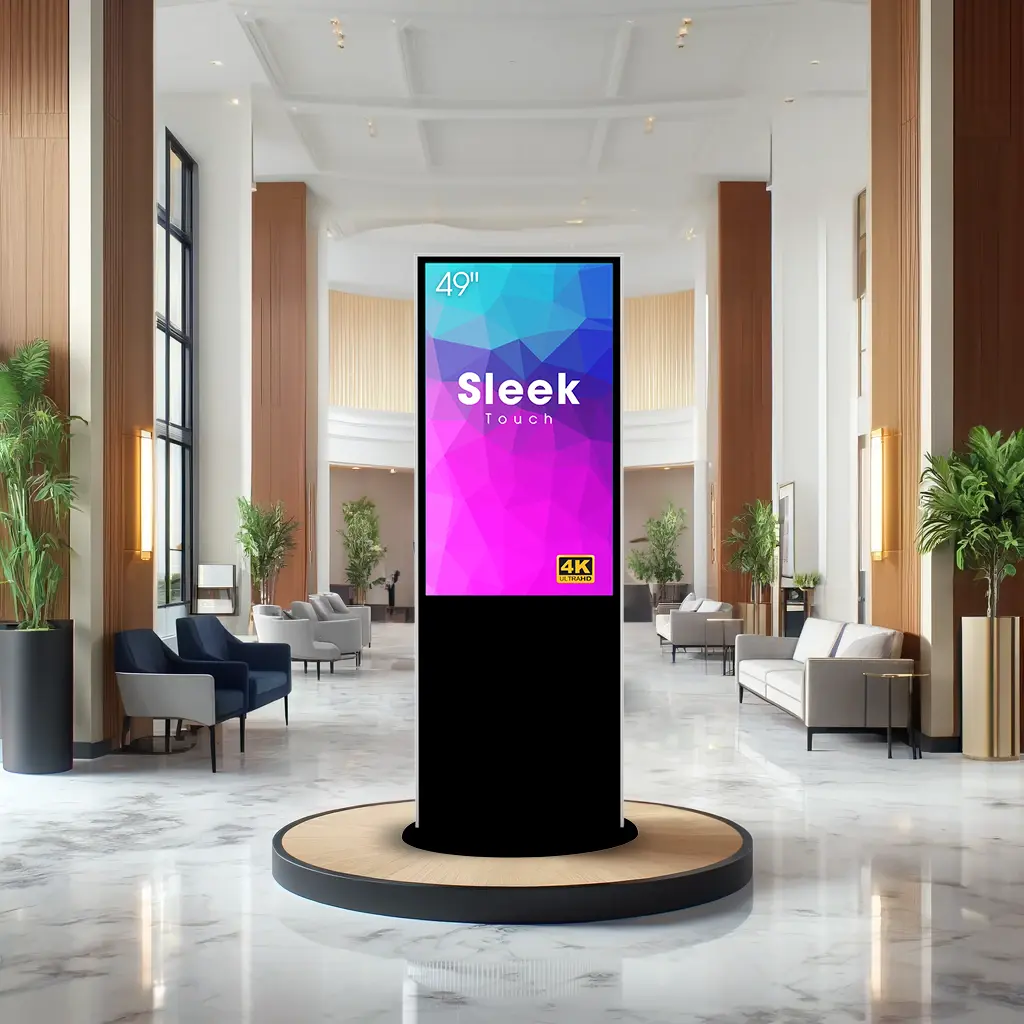The Rise of Digital Signage Kiosks with Touch Technology for Effective Communication
In the digital age, effective communication is paramount, especially in public spaces and business environments. Digital signage kiosks equipped with touch technology have emerged as a vital tool for delivering interactive and engaging content. These kiosks blend visual appeal with functionality, offering users an intuitive way to access information, navigate services, and interact with multimedia content. Here’s a closer look at how digital signage kiosks with touch technology are revolutionizing communication across various sectors.
Understanding Digital Signage Kiosks with Touch Technology
Digital signage kiosks are standalone devices that display information and advertisements digitally. When integrated with touch technology, these kiosks allow users to interact directly with the content through touch gestures. This interaction not only enhances user engagement but also makes the dissemination of information more effective and personalized.
Key Features of Touchscreen Digital Signage Kiosks
-
Interactive Displays: Touchscreen kiosks provide interactive displays that engage users, offering them a hands-on experience. These displays can vary in size and resolution depending on their use case, from large screens in shopping malls to smaller units in hotel lobbies.
-
Real-Time Information: Digital kiosks equipped with touch screens can provide real-time information, updates, and alerts, making them ideal for locations like airports, train stations, and public squares.
-
Multimedia Capability: These kiosks support various media formats, including video, images, and text, allowing for dynamic content that can be updated and managed remotely.
-
Wayfinding Features: In large complexes and public areas, touch-enabled kiosks can serve as interactive maps, helping users navigate spaces efficiently with step-by-step directions.
-
Accessibility Features: Advanced touch technology supports accessibility features such as screen readers and voice commands, making information accessible to everyone, including those with disabilities.
Benefits of Using Digital Signage Kiosks for Communication
-
Enhanced Customer Engagement: Touch kiosks offer a level of interaction that traditional signage cannot, engaging customers through active participation.
-
Improved Information Retention: Interactive content has been shown to improve retention rates, as users are more likely to remember information they have engaged with actively.
-
Cost-Effective Updates: Unlike static signs, digital kiosks can be updated remotely without the need for physical replacements, reducing ongoing costs and waste.
-
Personalized Experiences: With integrated software, these kiosks can deliver personalized content based on user interaction, enhancing the user experience and providing tailored information.
-
Operational Efficiency: In customer service scenarios, digital kiosks can reduce wait times and free up staff to handle more complex queries, improving overall operational efficiency.
Applications of Touchscreen Digital Signage Kiosks
- Retail: In stores, touchscreen kiosks can serve as virtual salespeople, providing product information, handling checkouts, and even managing loyalty programs.
- Healthcare: Hospitals and clinics use these kiosks for patient check-in, access to health records, and wayfinding.
- Education: Schools and universities utilize interactive kiosks to display campus news, event schedules, and directories.
- Hospitality: Hotels employ touchscreen kiosks for self-service check-ins, concierge services, and local tourist information.
Digital signage kiosks with touch technology are transforming how businesses and public services communicate with their audiences. By combining visual communication with interactive features, these kiosks enhance user experience, increase engagement, and improve information dissemination. As technology evolves, the capabilities of digital signage will continue to expand, making it an indispensable tool for modern communication strategies.
